So you want to do a provocative campaign in Singapore? Think again.
Provocative campaigns are a tried-and-true way for a brand’s advertising to stick out from their competitor’s marketing clutter. They are meant to deliberately elicit a strong reaction from its audience – usually shock, fear, or anger.
Around the world, we’ve seen such campaigns pay off handsomely.

Addict Aide - Like My Addiction
In 2016, Addict Aide constructed an entire lifestyle around a fake influencer to drive awareness around alcoholism among young people. Even when it was announced that the entire thing was staged, it triggered an outpouring of praise from the French community, who saw past the false pretence that fronted the campaign, and embraced the message it was trying to convey, boosting site traffic on addictaide.com by 5 times.
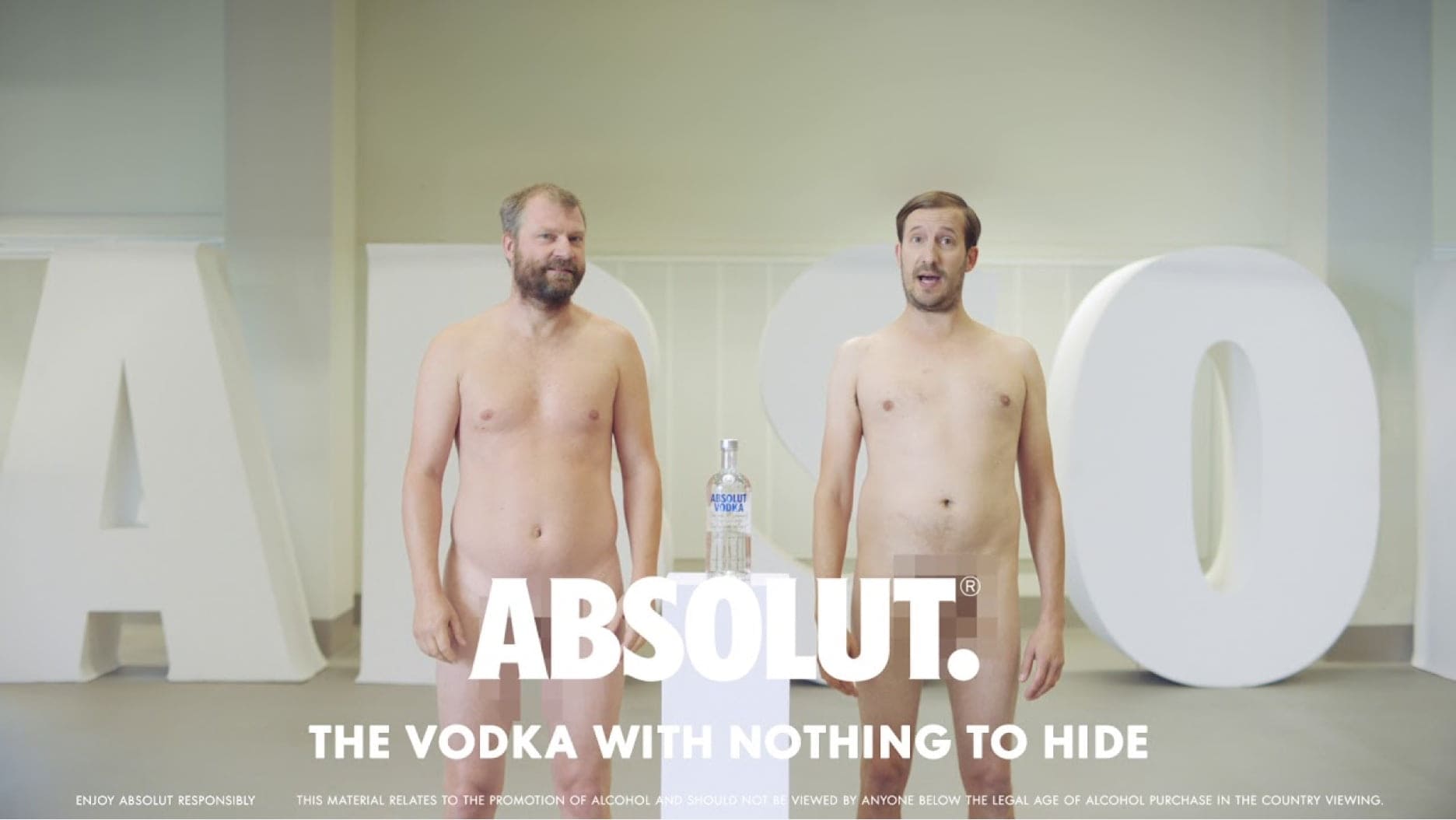
Absolut - Nothing To Hide
In 2018, Absolut launched “The Vodka With Nothing To Hide” and released a video that saw its employees get naked to communicate the brand’s openness and transparency, albeit in a slightly bolder manner. Through this campaign, Absolut saw accelerated growth in 2018 and returned to the position of the #2 biggest vodka in the world.
Now let’s look at Singapore.

Philips - Guerrilla Bear Stunt
In an effort to promote their electric shaver, Philips did a 2010 campaign that utilised a guerrilla stunt featuring a video of a fake bear at a bus-stop, the actual intended meaning of the stunt is still unknown to us today. The video resulted in a police report and subsequent investigation, and received backlash video.
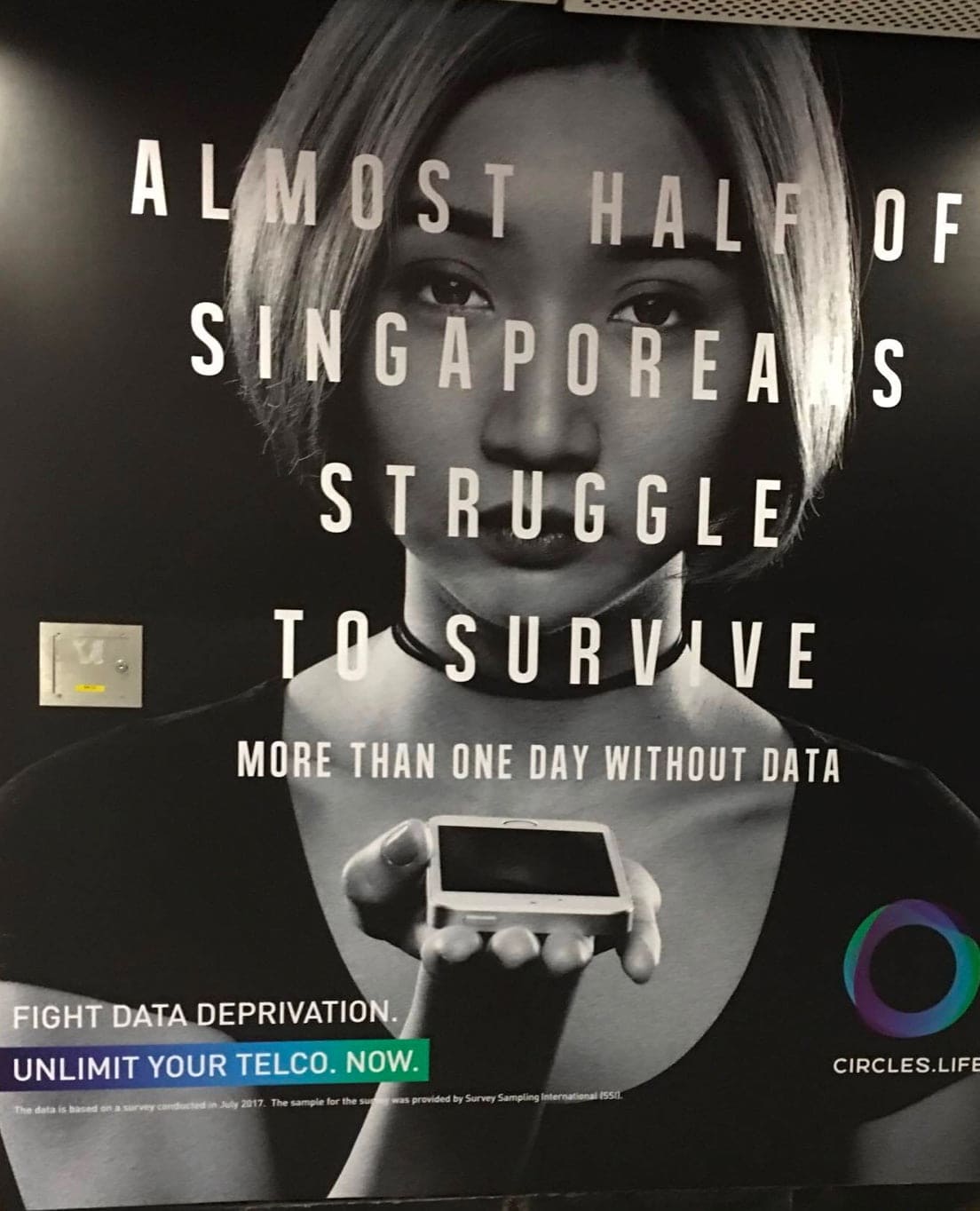
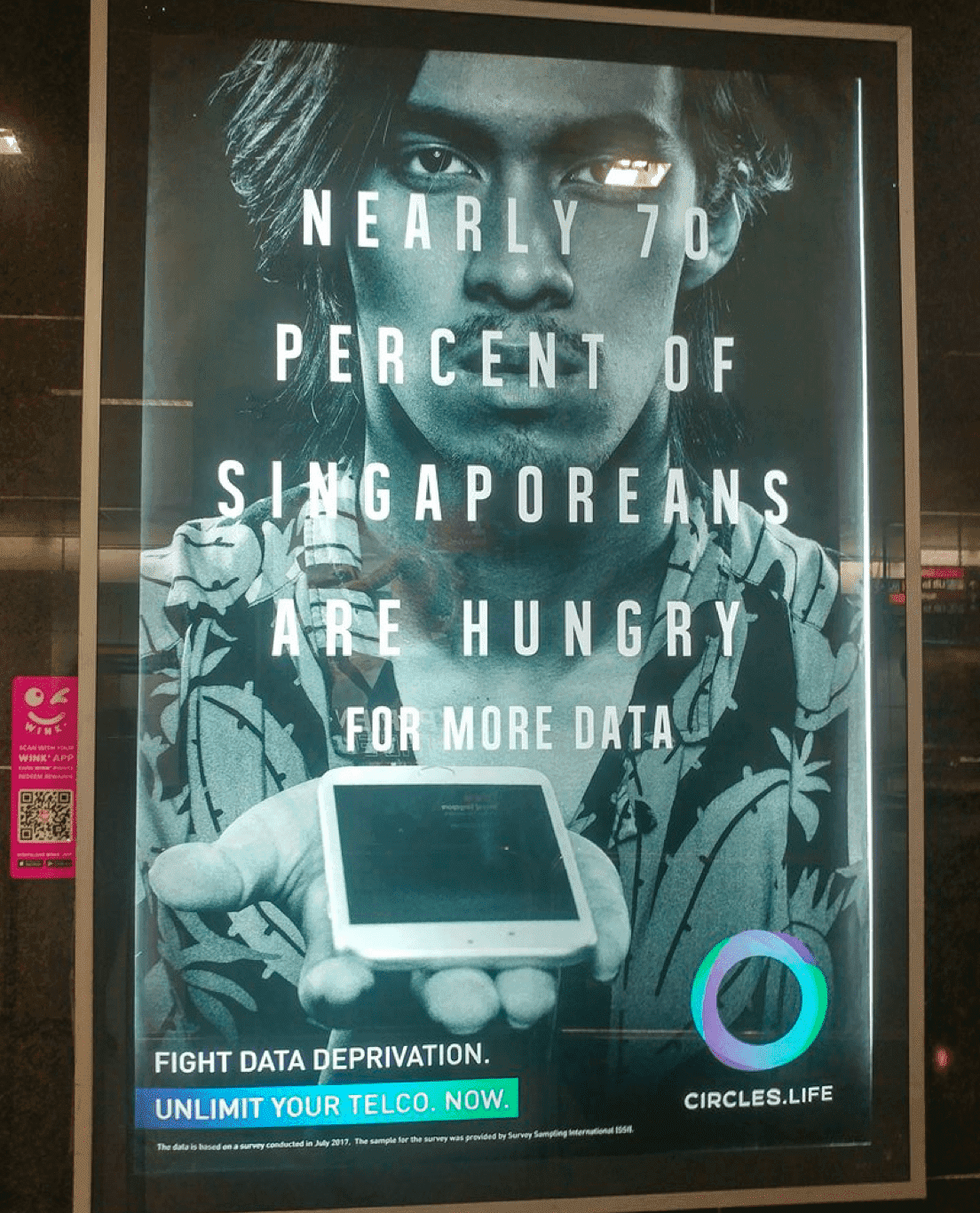
In 2017, Circles.Life received negative feedback for a campaign promoting their mobile data offerings. It was criticised for its visual style and language that resembled for-good campaigns that advocate for social causes. It was deemed “insensitive and dismissive of a real global problem”.
At this point, it might seem obvious that provocative campaigns have had a pretty shoddy track-record in a nation that still bears a fairly conservative attitude towards most facets of daily life, including their advertising.
But let’s see how that statement stacks up against the data.
Taking a step back, the Participation Brand Index, a global data-driven insight tool that aggregates consumer perception data towards 80 established brands spanning 7 industries, corroborated this hypothesis.
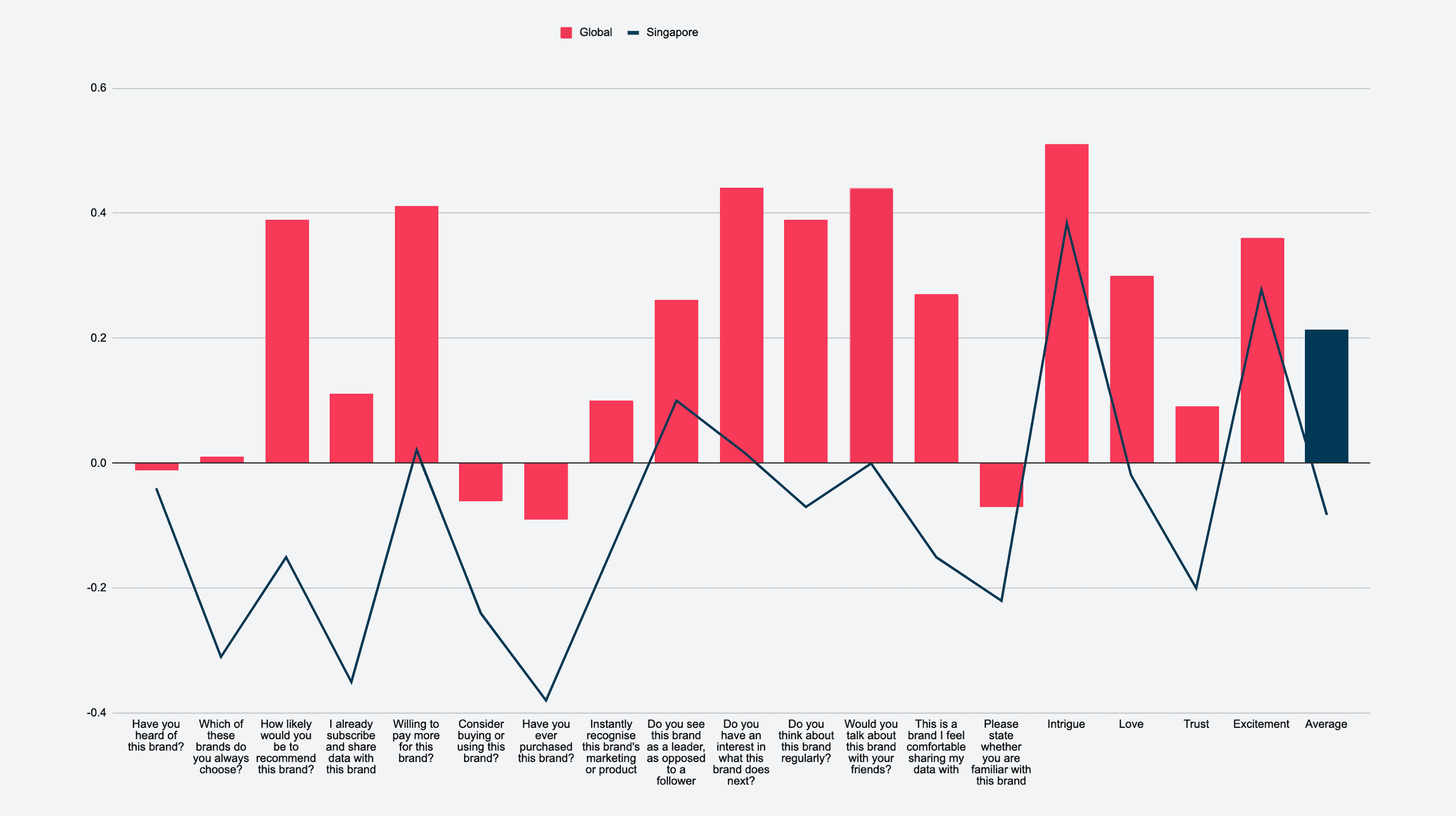
Within the Participation Brand Index, we found that when benchmarked against global data, the correlation between provocation and positive brand perception in Singapore was significantly lower than the rest of the world.
So does this mean that there is no place for provocative campaigns in Singapore just yet? We think that there’s three simple rules to follow to avoid failing as spectacularly as the above examples.
We are a melting pot of different cultural, racial, and religious sensitivities, it’s not just a case of “conservatives v liberals” when it comes to the backlash facing provocative campaigns in Singapore.
Our varying appetites for different degrees of boldness when it comes to advertising, goes far beyond any sort of basic human bias, but is also a far-reaching reflection of our different cultures.
Understanding that cultural context first, and tailoring your message accordingly will help you get it right just like this 2016 video from Familiar Strangers, a campaign that sought to bridge the gap between Singaporeans.

On the surface it seemed highly risky to feature blatantly offensive tweets that discriminated against an entire migrant worker community being read out in a video. However, understanding the cultural context of xenophobia in Singapore, and responding accordingly through the words of migrant workers themselves, was extremely powerful in humanising these migrant workers. And gained scores of positive praise from Singaporeans, and even getting featured on The Washington Post.
On the flipside in the global scale, let’s take a look at a staged influencer campaign communicating the pitfalls of the party lifestyle via a platform that helps people struggling with addiction, plus a video of 28 naked employees to communicating openness for a brand that was facing greater distrust from vodka consumers.
For both examples there is a clear link between the campaign and the brand’s values. Provocation can still be firmly rooted in a brand’s character and its mission to better people’s lives with their products and services.
Let’s look at this 2012 guerrilla tactic by Raising The Roof, an organisation finding long-term solutions to homelessness.
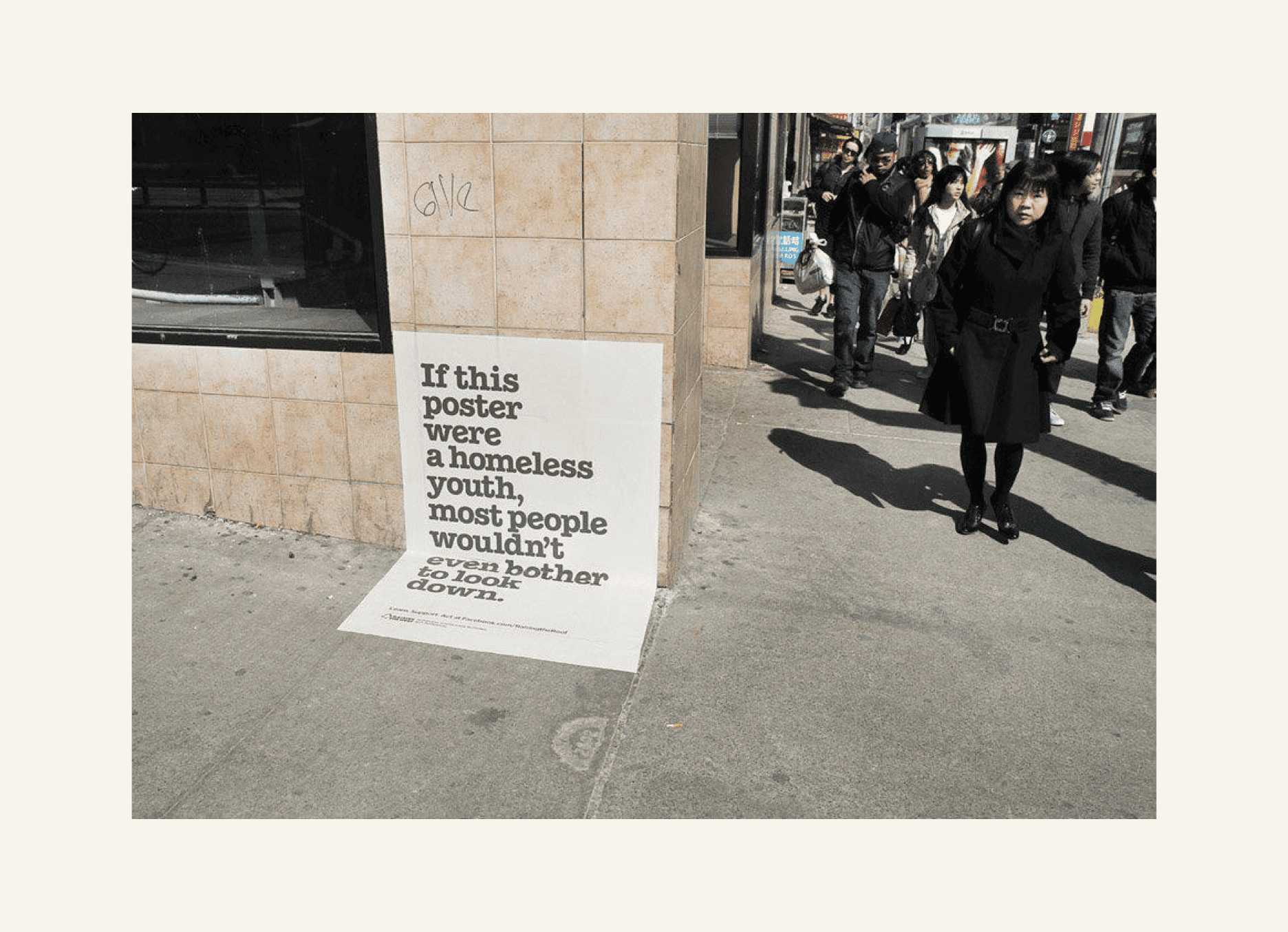
The provocative elements of this tactic is firmly rooted in the brand’s character and vision, and helped serve as a jarring yet effective reminder for all consumers of their glaring ignorance towards a nationwide problem.
It helped push the conversation in alignment with the brand’s values, not into the void of cheap buzz and inconsequential gossip.
A bear in a trash can, a parody of poverty messaging. The common thread running through these campaigns is a clear prioritising of the provocative “stunt” over a purposeful message. The stunt being the key aspect of the campaign that gets people talking, and the purposeful message being the single-most compelling takeaway that sits at the core of the campaign.
The ends should always justify the means of a provocative approach, the mantra of “bad publicity is still publicity” can be highly misguided at times, and can do more harm than good for a campaign without a purposeful message.
And perhaps, the campaign that understood this rule best, is Mentos Singapore’s National Night.
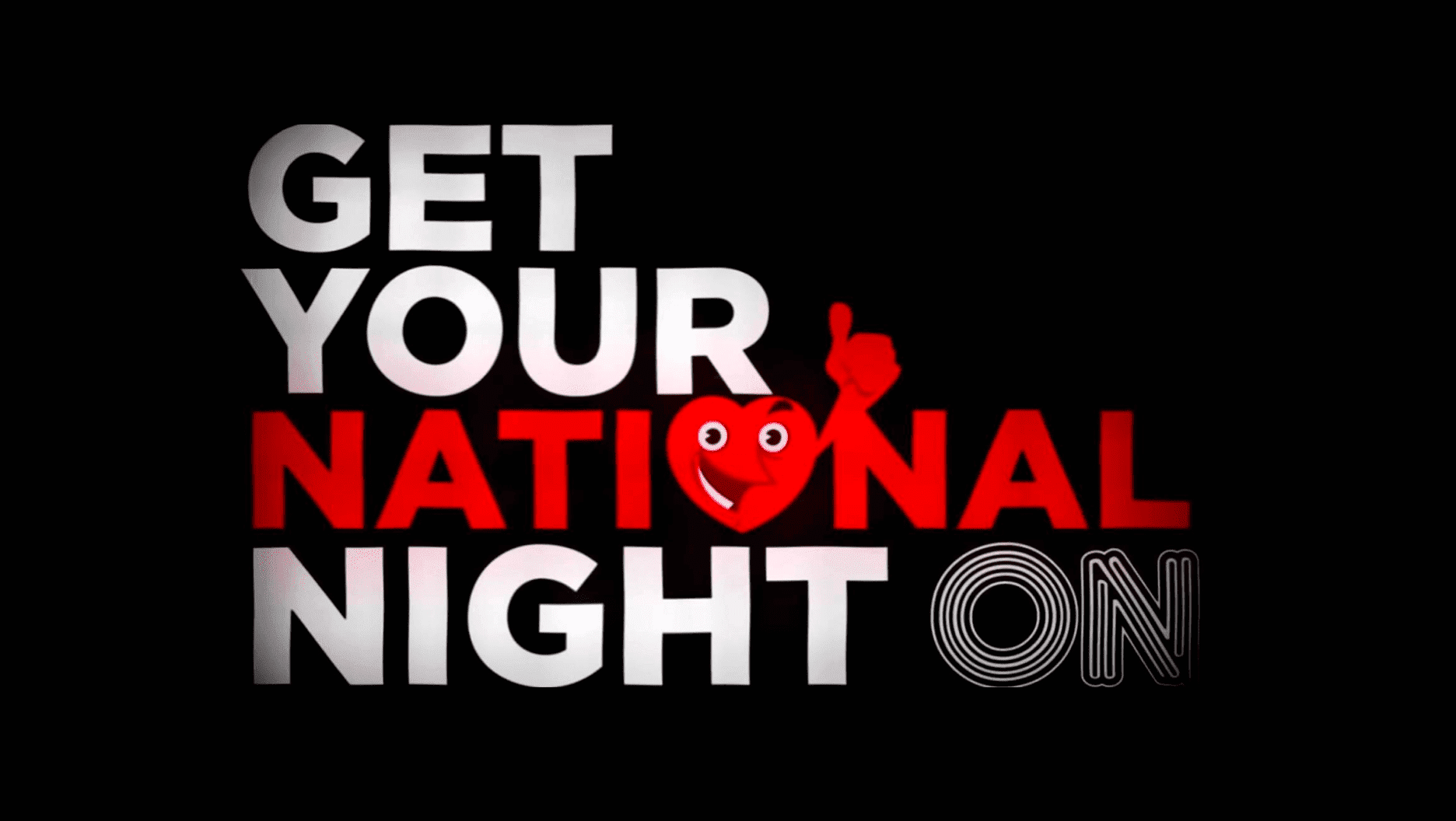
The campaign centered around a music video that encouraged Singaporeans to make love and boost the country’s birth rate, in the spirit of patriotism during the country’s National Day. On the surface, it might have seemed like a childish effort to make headlines over a cheeky, contentious topic.
However, on closer inspection, there was a clear, timely, and purposeful message behind it – Singapore’s birth rate is shockingly low, and as the champion of Fresh Thinking in Singapore, Mentos was stepping up with its key mint products to freshen up the Singaporean desire to make love, and babies.
The campaign received worldwide acclaim, and saw a 79% sales uplift.
So, as brands continue to play in a landscape where provocation is still playing with fire, let’s not get burnt.